12 May 2022. Written by: atozee
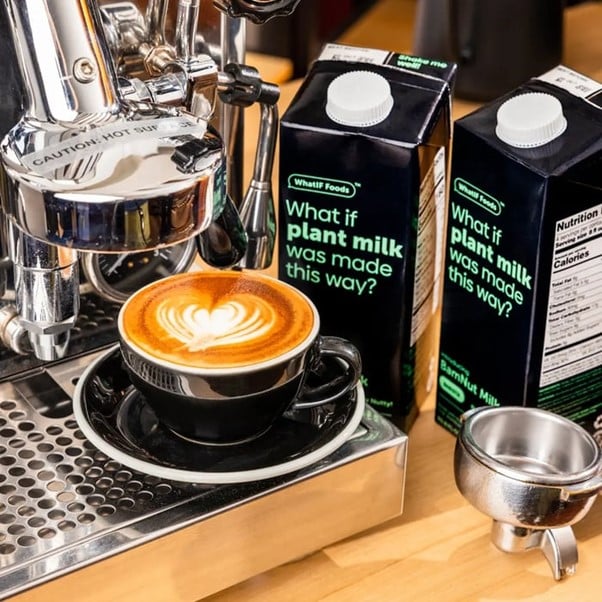
According to the World Bank, the planet is home to nearly 7.8 billion people. That’s nearly 8 billion mouths to feed every single day, multiple times a day – a fact that has been capitalized by massive agri-food companies that spare very little thought for the planet.
When it comes to feeding the planet, the problem is not just limited to deforestation; monoculture depletes the soil, rendering it entirely unusable.
“We have 2.6 billion people that derive their income from agricultural activities and 75 percent of them are the poorest of the poor,” says Christoph Langwallner, the CEO of WhatIF Foods. “What's shocking is that more than half of the farming land is already severely degraded, or is degrading at a speed unprecedented in human history.”
Alarmed by the catastrophic effects of farming, Langwallner set out to create a company that looks to reverse centuries of soil depletion and serve underprivileged communities, all while manufacturing delicious vegan food products.
The result is a range of nutritious instant noodles, soups, protein shakes and plant-based dairy alternatives that hero the Bambara nut – a crop that’s as good for the planet and the community as it is for the body.
How does all this work? We chat with the enigmatic entrepreneur on fixing the food system, the magic of the Bambara groundnut and what American consumers can expect now that it’s launching in the United States.
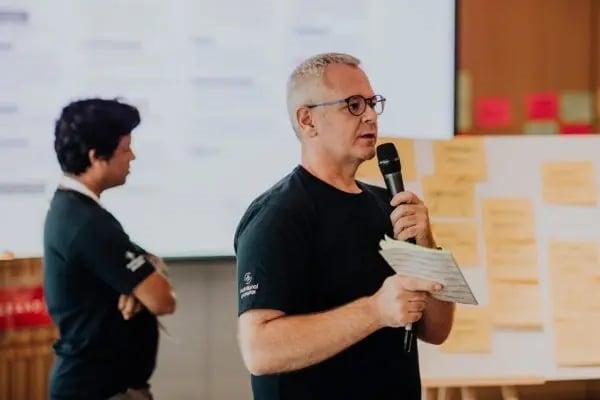
What was the thinking behind starting a company like this with a strong focus on regeneration?
I've been in this industry for 30 years now and I grew up in a community with about 700 people with what I call a regenerative food system, on a very small scale, north of Salzburg.
So it was all of my experience right from when I was a young boy growing up in that environment until I became a professional. I've worked and set up businesses in so many different parts of the world, including my own business in India, and I grew it to a large company.
But I realized that I'm also a hamster in a global industry, that essentially does more harm than good for both humanity as well as planetary health. We are degrading agricultural land 35 times faster than our records show. So what that means is that if you are a farmer, and you have two acres of land, one acre becomes unproductive, you can't derive an income because this parcel of land can't host any more crops.
When I finally realized that I have acquired quite an amount of knowledge and experience, I was thinking, do I ever want to be asked by my grandchildren that I didn’t do anything about it despite knowing all this? That thought just made me sick. So I decided to do something and I started WhatIF Foods, to do what I can to make the world a better place.
What’s the thinking behind these “easy to eat” formats like instant noodles?
Yeah, we launched the noodles right at the start of the pandemic. Our entire journey began as a science incubator. We were working on many, many projects at the same time. Some projects made good progress, other projects were lagging behind, some did not work at all.
So when the time was right to launch a product, we had our technology figured out, and we knew how to make non-fried instant noodles, and we thought, in Singapore, we don't have to explain how to consume instant noodles, because it’s a staple food essentially here, right?
And that's why we have picked the instant noodles as well as the soups and shakes initially, those were the three categories that we have launched with.
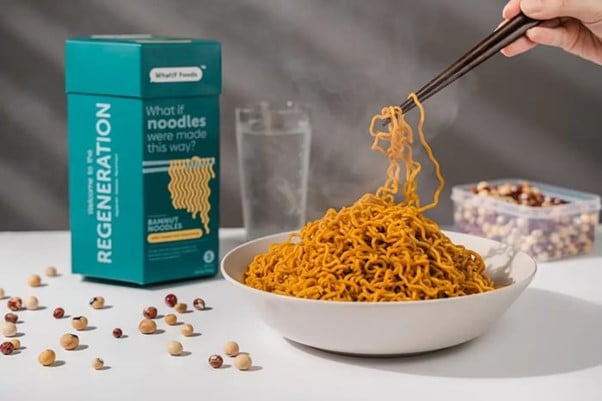
Was the ease of consumption part of the decision?
Yes, definitely. We want to stay within the habits of consumers to offer a switch for a consumer that’s also easy, affordable, and convenient. Because remember, two years ago, we didn’t know whether or not COVID-19 is going to kill humanity or not, right? Remember those days? The first lockdown was a mentally demanding time and we just didn't want to launch anything complicated.
Let's talk a bit more about the ingredients: Bambara nut. How did you come across an ingredient like that?
When I was conceptualizing the ingredients for the noodles, I was thinking: what if we actually picked out an ingredient that’s a complete food, and can grow under very, very harsh conditions, ideally on land that is degraded and doesn't produce any income anymore for the farming communities?
I was lucky I met somebody at a conference in Jakarta. I had a super cool chit chat with him and he put a brochure into my bag. That was how I was introduced to the Bambara groundnut.
I was reading the properties, how it fixes nitrogen, how it doesn't need much water and that it strives in very, very harsh conditions. It’s a complete crop with all the essential amino acids, omega three fatty acids, complex carbohydrates, fiber and all these micronutrients.
What exactly makes the crop regenerative?
A regenerative crop has the capacity and capability to actually restore the farming environment. The crop helps us to fix the nitrogen balance so that the follow-on crop has enough nitrogen to thrive.
For us, regeneration comes in three main pillars. The first is to restore land that is broken and then identifying crops that can help us in a regenerative farming system approach. Second, is to redefine, which is also to redesign the food consumed for nutrient density rather than just calorie density or calorie richness.
And the third pillar we have is to reconnect with farming communities and consumers. Listen to both of them. That's what we call each regeneration.
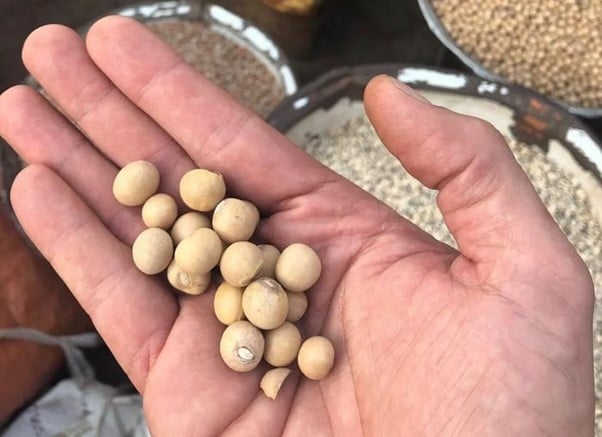
Let’s talk a bit about farming. Is the Bambara nut a widely grown crop in Africa or did you have to specifically tell the farmers, “Okay, we need this amount, can you produce it?” How does it work?
The beautiful thing with the Bambara groundnut is that it’s a staple for farming communities that are the poorest of the poor. Women grow them in case they run out of cash, they can actually fall back on a complete crop for their own domestic consumption.
So yes, we go into these communities, and we invite them to work with us, because as a company, we do not want to buy the stock for their own domestic consumption. We encourage these communities to grow for our demand on top of what they're growing already.
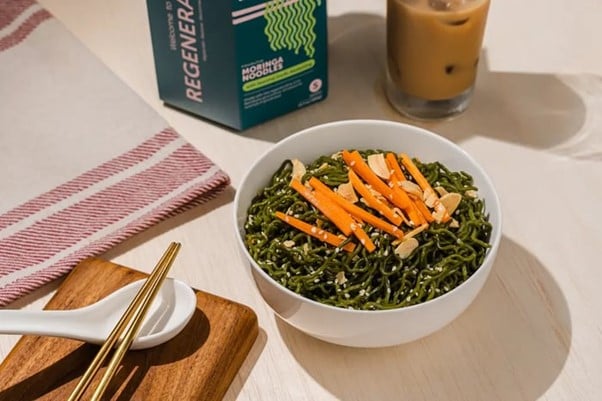
When it comes to researching flavor and what tastes good, what's the process like for you?
It's a good question, but the answer is actually not complicated. The philosophy of WhatIF Foods is a global one, because bringing planetary health and human health is not a local issue. No country alone can stop climate change and a global effort has to be done in order to take it to a much better place.
But when it comes down to consumers’ tastes preferences, you want to be very local. You have to know, and understand the ingredients that are being used. The question then is, how do you then combine that in a flavour profile?
The journey begins by sitting down over lunch or dinner with your friends and just watching what they're ordering and what they’re eating and then asking them why they’re eating what they do. Then you're a bit of a chef or you work with a chef and get all the testing all going.
For the new customer, say, in the US, who has never tasted the Bamnut milk, how would you describe the flavour?
If you close your eyes and drink this product, you will taste a rich creaminess and a very subtle nutty taste with roasted notes. We call it notoriously nutty, and that is how I would describe it. It is creamy and notoriously nutty.

And what about your product range? Are you testing anything else like cheese or butter?
There's a whole pipeline of products. We haven't worked on butter but that’s a good idea. The yogurt range is an important one and there's the cheese – there are many other applications that are in development but that’s as much as we want to reveal.
Is there a message you’d like to tell the broader community?
A big shout out to everyone reading the more you guys support companies like ours, the more regeneration we can bring about, and that's what we need. That's our responsibility for the generations to come.
At the end of the day, we are still a small company, we are still at the beginning of a long journey. How much we can change is ultimately a decision of consumers.
Explore more at whatif-foods.com and follow them @whatiffoods.

.jpg?v=1677062255475&options=)

